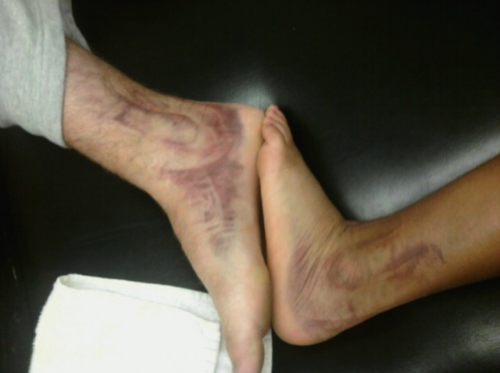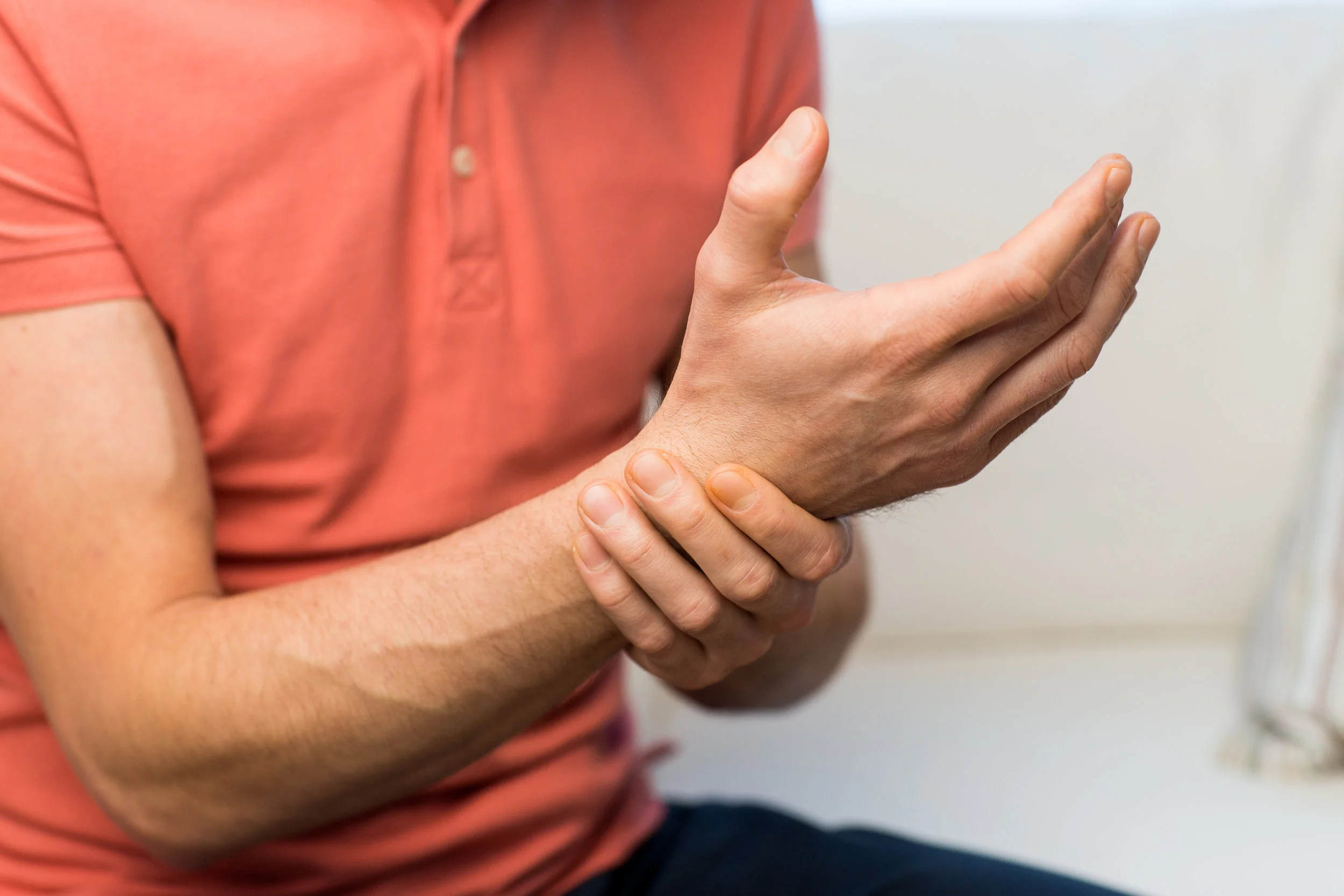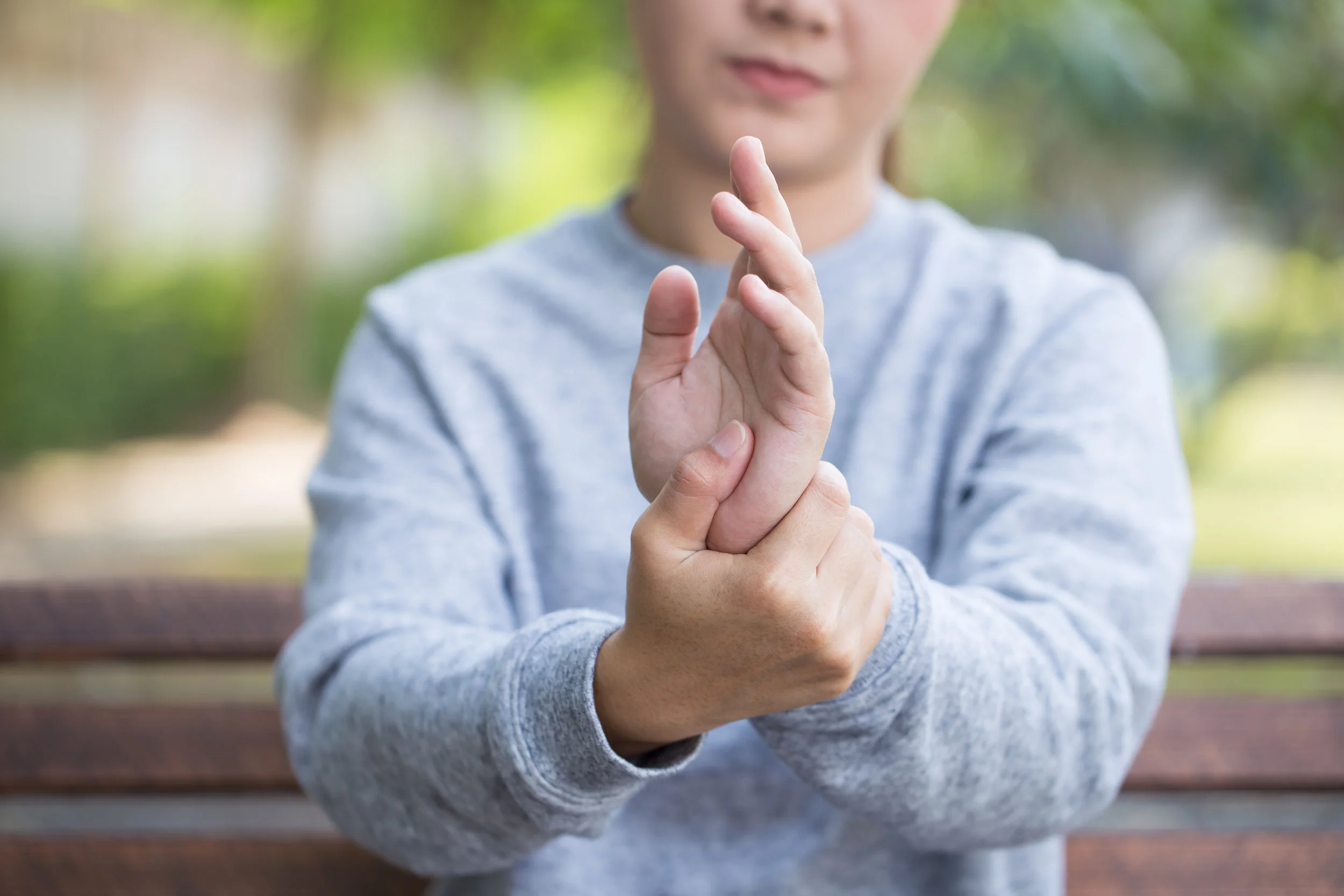Football player and Cross Country runner with grade III ankle sprains
The infamous ankle sprain! In general, ankle injuries make up about 17% of all running injuries, half of these account for lateral ankle sprains. For the most part a large number of people experience them, and aside from icing and resting the first few days, many of your future patients will not know what to expect or do.
This Part 1 post will help provide some acute guidance on what an ankle sprain is, its different categories, symptoms, and phase 1 of rehab.





